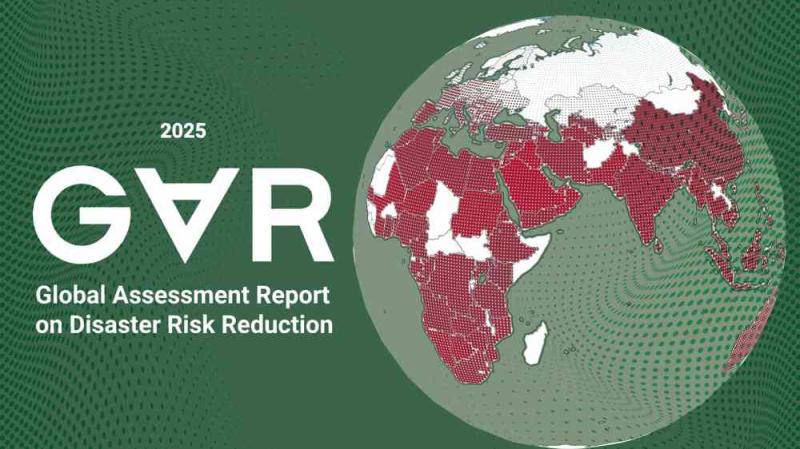In a world increasingly shaped by climate extremes, geopolitical instability, and economic volatility, the latest Global Assessment Report (GAR) 2025 from the United Nations Office for Disaster Risk Reduction (UNDRR) delivers a stark but vital message: investing in disaster resilience isn’t just a moral imperative — it’s a financial one.
The Hidden Costs of Disasters
Each year, disasters cause an average of $202 billion in direct economic losses. But that figure only scratches the surface. When factoring in cascading effects — like job loss, disrupted supply chains, and environmental degradation — the true cost balloons to over $2.3 trillion annually. These “hidden” costs are often left out of mainstream calculations but have long-term consequences for national economies, especially in low- and middle-income countries.
What’s more, these financial impacts are not distributed evenly. For instance, while North America saw $69.57 billion in disaster losses in 2023 (just 0.23% of regional GDP), subregions like Micronesia incurred losses equal to 46.1% of GDP. Such stark disparity underscores the urgent need for targeted resilience efforts.
The Spirals of Unsustainable Development
GAR 2025 identifies three vicious cycles that reinforce vulnerability in the absence of risk reduction:
- Debt spiral — Repeated disasters force households and governments to divert resources from long-term development into short-term recovery, often funded by debt.
- Risk transfer failures — With insurance penetration low and premiums rising, many vulnerable populations are left without viable risk-sharing mechanisms.
- Humanitarian dependency — Chronic underinvestment in preparedness leads to reliance on emergency relief, which cannot replace systemic resilience-building.
The Case for Proactive Investment
So, what’s the solution? According to the report, it’s clear: proactive investments in disaster risk reduction (DRR) deliver long-term dividends. These investments not only mitigate damage but also strengthen economic systems, support sustainable development, and foster community stability.
Examples include:
- Strengthening infrastructure to withstand extreme weather
- Expanding inclusive insurance coverage in high-risk regions
- Developing early warning systems and risk education campaigns
- Embedding resilience into public and private financial planning
When these measures are financed and implemented effectively, they reduce loss burdens and ultimately lower the cost of borrowing and recovery.
Financing the Future
GAR 2025 calls for financial systems to rethink how risk is priced and managed. Policymakers, insurers, investors, and development institutions must work together to design funding mechanisms that incentivize resilience — from parametric insurance products to sovereign disaster bonds.
Moreover, transparent data and risk models are needed to inform better decisions. Governments and businesses alike benefit from risk-informed planning that accounts for both immediate hazards and long-term vulnerabilities.
Final Thought
The financial logic is clear: resilience pays. But making the shift from reaction to prevention requires vision, commitment, and coordination across sectors. As disasters grow in scale and complexity, the cost of inaction will only rise. The time to invest in a safer, more stable future is now.
Explore the full GAR 2025 report here: UNDRR GAR 2025
Get the latest insurance market updates and discover exclusive program opportunities at ProgramBusiness.com.













